The Games
The games listed here are a subset of the Critical Gameplay collection which is an evolving collection of game notions. The games are aesthetically designed to mimic characteristics of the game mechanics within their historical context (indicated by a []). Each is designed to critique a specific gameplay mechanic from that year’s standards. To better understand the games, please visit the exhbition page. To understand the theory behind the games please visit the research section for publications around Critical Gameplay design. Resources about the games: |
|
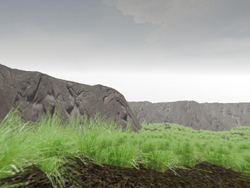 |
Wait [2005], a game where the player is encouraged to refrain from acting on the world. As the player moves the world disappears, but when the player waits, the world becomes more rich. Players are awarded points when the little things in life reveal themselves (butterflies, animals, flowers, etc). -Read overview (pdf) 1st release date: 2009 |
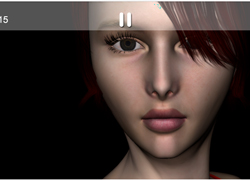 |
Stolen Kisses [2013], is designed to be an affection game that goes against the generally non-inclusive culture of affection games. The game depicts minorities and LGBT characters, going against the grain of most affection games. Is is designed to be played by kissing your tablet or smart phone with your lips. Hold your lips to the screen longer to give a better kiss, but don't hold it too long or you may lose your points. What does it mean to meet your obejctives via affection and how does it feel to earn points with each kiss? Read more about affection games here 1st release date: 2013 |
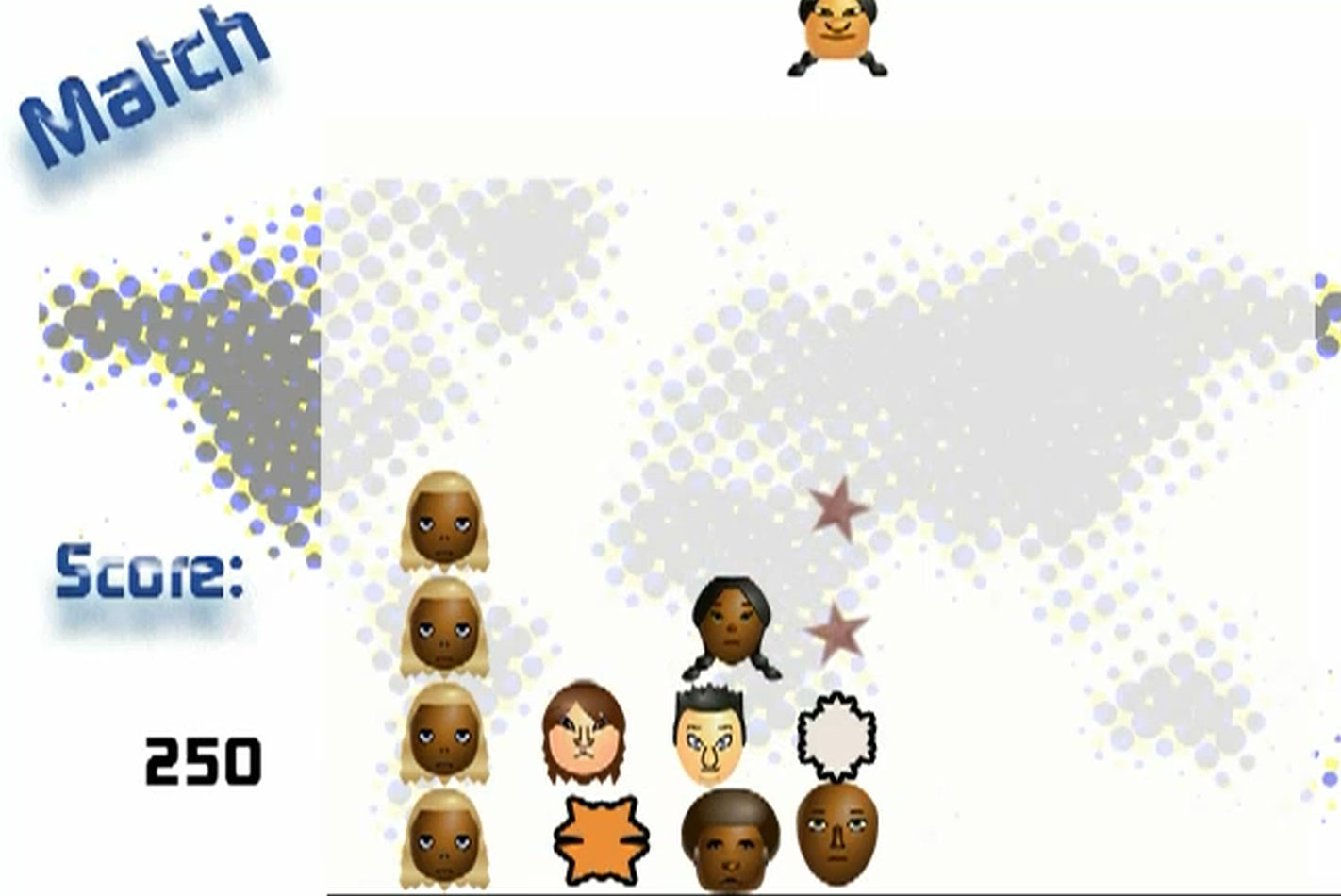 |
Match [2003], the 8th game made in the Critical Gameplay project, seeks to challenge the game design pattern of matching and categorizing. Players are tasked with matching objects with people, then people with people, and finally people with a single representative object. Each time the player successfully matches, the pair is removed from the screen. However, some items simple don't have matches. 1st release date: 2010 |
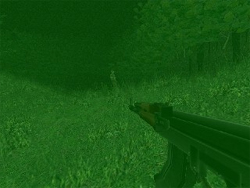 |
Bang! [1998], a game that allows the player to kill other players , but by killing them the player must endure a long interruptive experience which forces the player to review the fictive history of their victim. See instructions for Bang! (visit an exhibition to play ) 1st release date: 2009 |
You [1997] is a game about play and the illusive pursuit of meaningful play. Each level of the game is about problem solving a space for You to meet objectives while making sense of the in-game content. Using the player character You, the player is both making meaning out of nonsense and finding meaning where it is absent. The game is designed as a light-hearted critical reflection on the intersection of narratology and ludology. Players must play with You, I and Them in the immutable structure of meaning making that forms the challenge of the game. 1st release date: 2013 |
|
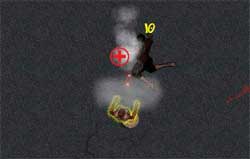 |
Healer [1996],Healer is a Top Down "Saver." Instead of shooting players, characters must heal victims of historical massacres. The player can reverse death, by remove bullets from the victims. The soldiers that committed these massacres are still lurking, so the player must work to keep the victims alive. The player can put themselves between the bullet and the target to protect, time, distract, etc. See more info . . . |
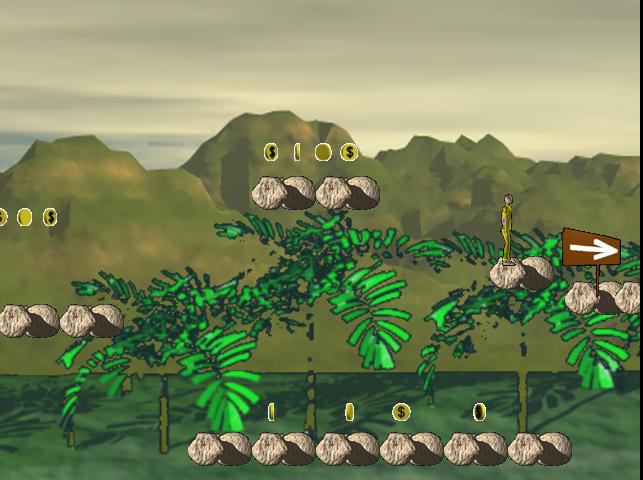 |
Levity [1994], a game in which the collection mechanic hinders the player. Unlike many games which encourage players to collect items, anything the player collects weighs them down. Levity is a platformer in which player jump and walk speed are decreased as the player collects items. Each level emphasizes a single concept as described in the segue screens – “Do not let the things you collect weigh heavy on you”, “If these things weigh you down, give them away”,” Practice the art of letting go, find lightness in giving “ etc. Players can convert what they have collected to charity, by giving their collected items, but the weight of having collected is never completely removed. The game is designed as an active revolt to collection values, emphasizing anti consumptive use. 1st release date: 2011 |
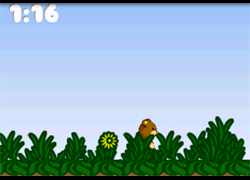 |
Big Huggin' is an affection game [2013]. The world of human computer interaction is an impersonal one. It is one where touch is mediated through glass and plastic. Where multitouch means hands mediated through sleek materials without texture. Why isn't touch more personal? Why isn't touch more tactile? Big Huggin' is a game designed for use with a custom teddy bear controller. Players complete the game by providing several well-timed hugs to a 30 inch teddy bear. It is an experiment and gesture in alternative interface. Instead of firing toy guns at countless enemies or revving the engines of countless gas guzzling virtual cars, why not give a hug? A hug is simple gesture. It is one of the first physical expression of affections a child learns. It is a gesture for the familial through the romantic. It is a gesture of mutual benefit. Big Huggin' is a ready made game, using found art for both the teddy bear controller and the teddy bear sprite. |
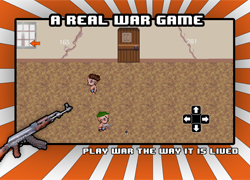 |
EveryDay Heroes: Home [1990] is a real war mini game. Wars are not alwayws experienced at the right end of a semi-automatic weapon. Instead, the victims of war are people trying to do as mundane things as get home. Try this not-so-endless runner designed to frustrate you into a new perspective on the joy of playing war games. Play the game on Android Tablets Here: 1st release date: 2013 |
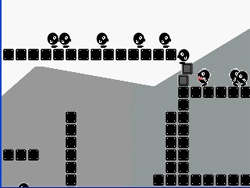 |
Black/White [1985], a game in which stereotype is challenged. Instead of being able to identify a threat by appearance, the player must examine the threat by another means, behavior. To survive the game, the player must react to NPCs based on how they move. Two characters that look exactly the same, may act very differently. The games is built with in 2 levels, with two types of characters, animated in two frames with a series of other binary constructs (2 actions, 2 colors, etc). See instructions for Black/White and download Black/White here. |
 |
Simultaneity [1985], Since much of the virtual world of computer games is based on the physical world and its rules, it seemed necessary to build a game that exploited the potential in solely computer-based play. 1st release date: 2010 |
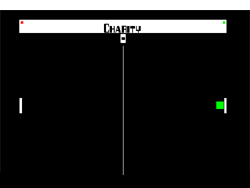 |
Charity [1978] , a two-player cooperative game. The player must "give" the ball to the other player to continue play. Every time the player receives the ball, the paddle grows. When a player gives the ball, the ball grows, increasing play time. Play ends when either player’s paddle shrinks to nothing. Play charity online . . . 1st release date: 2009 |
| Student Games | |
| The following games were created by my students interested in Critical Game design. | |
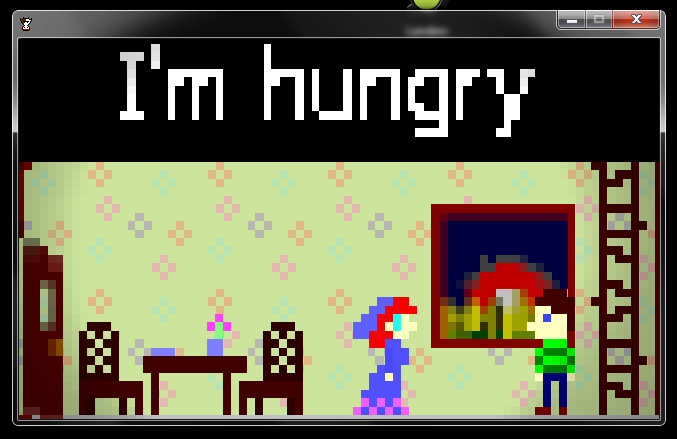 |
Don't Kill The Cow: A simple sidescrolling critical game that questions the importance of goals and authority in games. There is only one way to win the game: ‘don’t kill the cow’, but is winning the game worth it? How much do the simple phrases like ‘you win’ and ‘you lose’ mean to the player? (2012) By James Cox Play on GameJolt |
![[US]SR](images/ussr.jpg) |
[US]SR: In this short action packed senario, take control of an unblinking commie-crushing man-of-steel as you experience a war game like none you've ever played before. The bomb has dropped, and there's no holding back now. Survive and Remember. By James Cox Play on GameJolt |
 |
Dark/White (2010): A game that reminds you to consider what NPC's say, instead of judging them by appearance.
Play on Game Jolt |
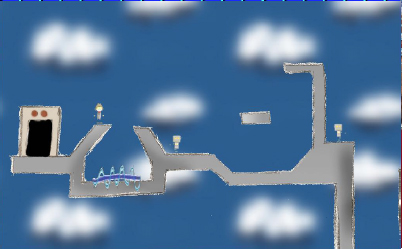 |
Mechine (2011): A game about the challenge of game design from the computer's perspective. Help the game become a better game. "Do you know how hard it is to be a game? I do. I am this game"
|
|
|
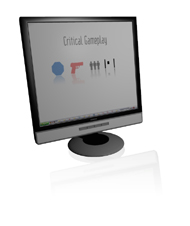 Each of the following games was developed under rapid prototyping constraints, by a single developer, designer and artist for the Critical Gameplay exhibition. Each game was developed in a weekend (art, code, and design) and then tweaked over a week. As such the games are developed under a more
Each of the following games was developed under rapid prototyping constraints, by a single developer, designer and artist for the Critical Gameplay exhibition. Each game was developed in a weekend (art, code, and design) and then tweaked over a week. As such the games are developed under a more